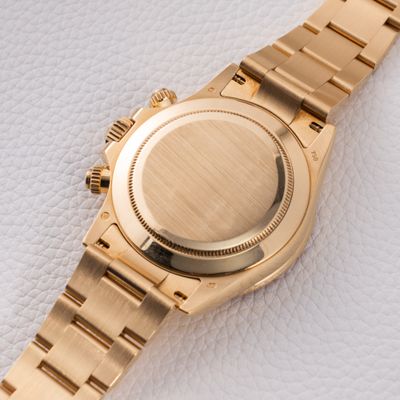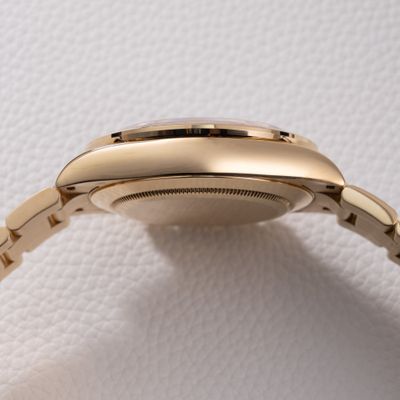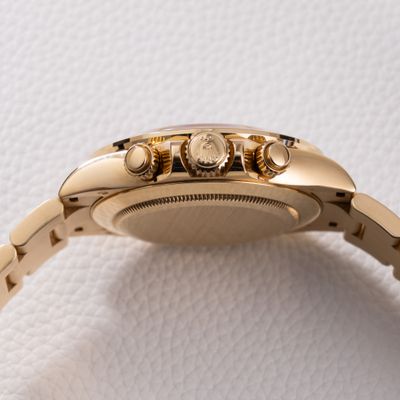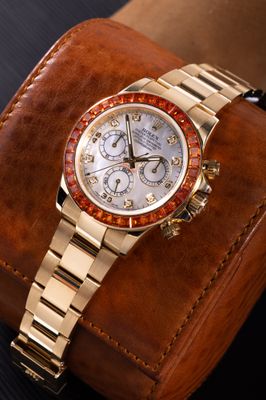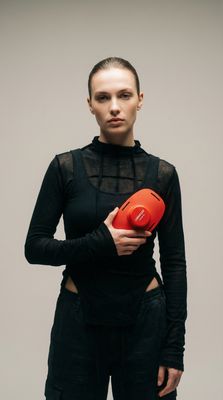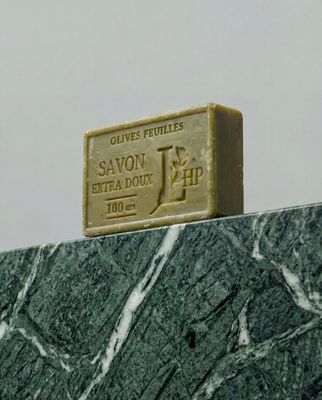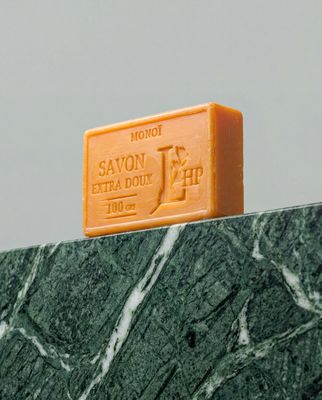Everything about the color Aluminum
The meaning of the color aluminum and color combinations to inspire your next creation.
Browse images in the color aluminum
What color is aluminum?
Aluminum is a medium gray color with a metallic sheen, reminiscent of the metal it's named after. It exudes a modern, industrial vibe.
What are similar colors to aluminum?
For variations within the same metallic and neutral spectrum as aluminum, consider:
- Silver (#C0C0C0) shares aluminum's metallic quality but is slightly lighter and more reflective.
- Pewter (#96A8A1) offers a darker, more muted tone with a hint of green.
- Gray (#808080) is a classic neutral that shares aluminum's understated elegance but lacks its metallic sheen.
- Charcoal (#36454F) is darker and provides a deeper, more dramatic contrast while maintaining a similar industrial feel.
What color goes with aluminum?
To complement aluminum's sleek, modern appearance, consider pairing it with:
- Teal (#008080) adds a vibrant, cool contrast that enhances aluminum's metallic sheen.
- Lavender (#E6E6FA) introduces a soft, calming hue that balances aluminum's industrial edge.
- Mint (#98FF98) provides a fresh, lively contrast that pairs well with aluminum's neutral tone.
- Coral (#FF7F50) offers a warm, energetic pop that complements aluminum's cool, metallic nature.
What color conflicts with aluminum?
To avoid clashing with aluminum's modern aesthetic, consider avoiding:
- Beige (#F5F5DC) can appear too warm and earthy, conflicting with aluminum's cool, industrial vibe.
- Brown (#A52A2A) may overpower aluminum's subtle elegance with its rich, warm tone.
- Yellow (#FFFF00) can be too bright and vivid, overshadowing aluminum's understated presence.
- Orange (#FFA500) might clash with aluminum's cool, metallic sheen due to its warm, vibrant nature.
What does the color aluminum represent?
Aluminum represents modernity, technology, and industrial strength, often associated with sleek, contemporary designs and innovation. Its metallic sheen conveys a sense of sophistication and durability. Psychologically, aluminum can evoke feelings of calmness and neutrality, providing a balanced backdrop in various settings. It is often used in design to create a sense of space and openness, enhancing the perception of clean, uncluttered environments. In art and photography, aluminum's reflective quality can add depth and dimension, making it a popular choice for framing and installations.
What's the history of aluminum?
The color aluminum derives its name from the metal, which was first isolated in the early 19th century. The metal's lightweight and corrosion-resistant properties made it a popular choice for industrial applications, influencing its adoption as a color in design and fashion. The color aluminum gained prominence in the mid-20th century with the rise of modern architecture and interior design, where its sleek, metallic finish became synonymous with contemporary style. Today, aluminum is widely used in various industries, from automotive to electronics, reflecting its enduring appeal and versatility.
Color Variations
Shades
Tints
Hues
Color Palettes
Monochromatic
Complementary
Analogous
Triadic
Tetradic
Images with aluminum color
Color Conversions
#A9A9A9rgb(169, 169, 169)rgb(66%, 66%, 66%)0, 0, 0, 34hsl(0, 0%, 66%)0, 0, 66#A9A9A969, 0, 038, 40, 4369, 0, 29710101001, 10101001, 10101001Color(red: 0.6627450980392157, green: 0.6627450980392157, blue: 0.6627450980392157)UIColor(red: 0.6627450980392157, green: 0.6627450980392157, blue: 0.6627450980392157, alpha: 1.0)Color(0xFFA9A9A9)